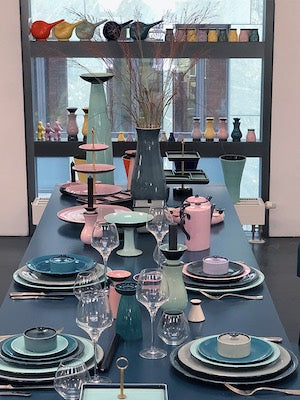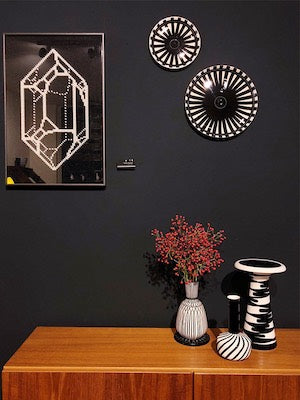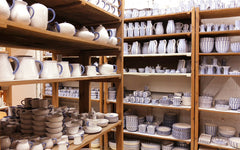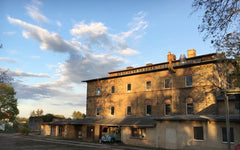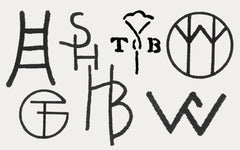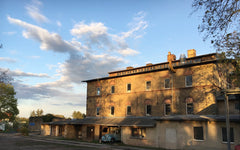Gerhard Marcks – sculptor and graphic artist
The Berlin sculptor was one of the first masters of form to set up the ceramics workshop at the Bauhaus. Experimental ceramic vessels and the first prototypes for series production are created under his artistic direction.

Gerhard Marcks - who shaped the Bauhaus
Gerhard Marcks (* February 18, 1889 in Berlin; † November 13, 1981 in Burgbrohl), self-taught sculptor, works for the first time from 1908 under the guidance of the artists August Gaul and Georg Kolbe, then enters into a workshop community with the sculptor Richard Scheibe. He also deals with porcelain; he creates animal sculptures in the Schwarzburg workshops for porcelain art in Unterweißbach.
In 1914 he built stone reliefs for the entrance to the machine hall for the German Werkbund exhibition in Cologne based on a design by Walter Gropius. After military service he worked from 1917 to 1918 for the Märkische Kunststätten Vordamm of the Velten-Vordamm earthenware factories. Colored glazed animal sculptures are created for series production.
He also worked with the State Porcelain Manufactory in Meissen until Bruno Paul invited him to teach the sculpture class at the State School of Applied Arts in Berlin. In 1919, Walter Gropius appointed him as one of the first masters at the State Bauhaus in Weimar, where he became artistic director - master of form - of the ceramic workshop. Marcks starts building a workshop with master potter Max Krehan and setting up his own studio in Dornburg/Saale. During his Bauhaus period, the Sintrax coffee machine was created alongside numerous well-known pottery items. Marcks left the Bauhaus in 1924.
On September 15, 1925, he was appointed to teach the sculpture class at the Burg Giebichenstein art school in Halle. Together with Charles Crodel he undertakes study trips to Paris, Italy and Greece. After the death of Paul Thiersch, he works as deputy director at the art school. As a result of his intervention, the ceramists Theoder Bogler and Werner Burri go to the earthenware factories in Velten, where they work with the manager Dr. Herrman Harkort, a committed advocate of Werkbund and Bauhaus ideas. Here he probably also meets Hedwig Bollhagen, who is working here as head of the painting department and as a designer at the time.
In 1933, Marcks was dismissed from university service by the National Socialists, and his art was later declared to be degenerate. In 1939 Marcks built his studio in Berlin
After the war, Marcks was given a professorship at the Landeskunstschule in Hamburg. He has been a member of the Berlin Academy of Arts since 1955. In 1969 the Gerhard Marcks Foundation was founded in Bremen. The exhibition “Ways out of the Bauhaus. Gerhard Marcks and his circle of friends" in the Gerhard-Marcks-Haus is the opening exhibition of the Klassik Stiftung to mark the 100th anniversary of the founding of the Bauhaus in 2019.
